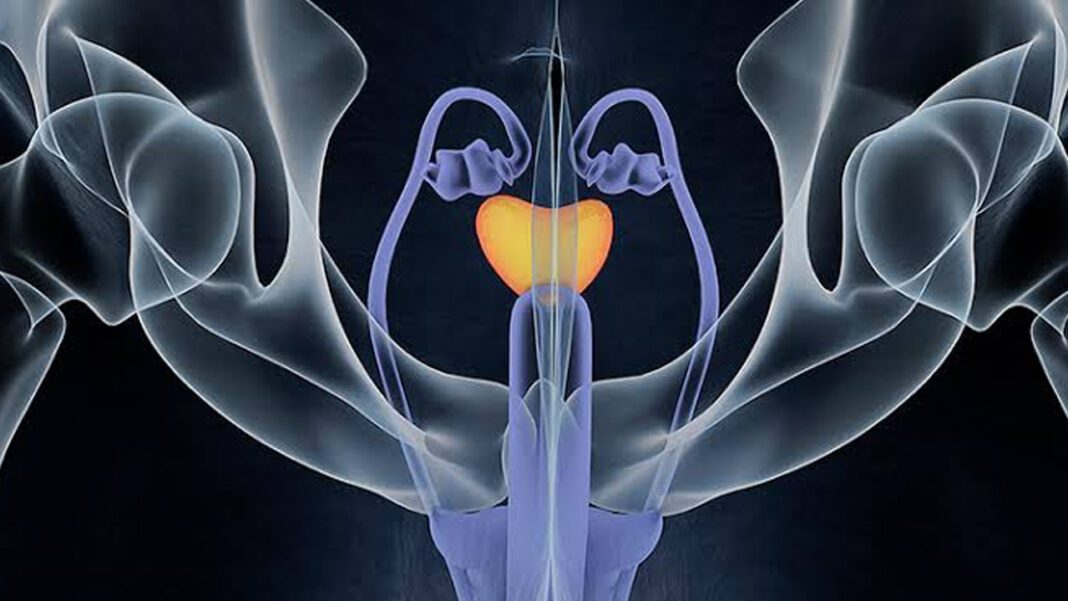Most men start to face difficulties while urinating as they age. Many of them need multiple visits to restrooms in short intervals, are not able to empty their bladder completely, get up several times at night.
They modify their liquid intake if they are not within the reach of a restroom for a couple of hours. Watch out for these signs, as this could mean that the person might be living with Benign prostatic hyperplasia. According to recent research, there has been a worldwide increase in the incidence of BPH.
Benign prostatic hyperplasia (BPH) is an extremely prevalent problem in men as they age. In India, the prevalence of Benign Prostrate Hyperplasia (BPH) is around 50% by the age of 60 years. BPH is essentially prostate gland enlargement and it usually results in discomfort and a range of problems related to urination.
When untreated, severe BPH can often result in kidney, bladder, and urinary tract complications. The precise cause of this disease is still unknown but usually involves changes caused by hormones, prostate gland enlargement, and abnormal prostatic muscle tissue contractions. The incidence of BPH is higher in men with diabetes and obesity.
Dr. Arjun SomiReddy, Interventional Radiologist, Apollo Hospitals, Jubilee Hills, Hyderabad said, “Given how common BPH is amongst senior men, understanding early signs and symptoms is important. At first, men may have difficulty starting urination and may also feel that urination hasn’t finished completely. As the bladder often doesn’t feel completely empty, men end up returning to washroom frequently, sometimes more so in the nights.
Also, the need to urinate may become more urgent, and a weak stream of urine is seen. The volume of the urinary flow may diminish noticeably and urine may dribble at the end of the process.”
BPH can be diagnosed based on using an IPSS score to determines the degree of difficulty from urinary issues, a uroflowmetry, an ultrasound exam of the prostate with measurement of residual urine volume after emptying a full bladder.
Fortunately, with the development of advanced imaging and minimally invasive techniques, less invasive treatments are an option now such as Prostatic Artery Embolization (PAE).
PAE is now an established treatment method that has been widely accepted in the west in recent years. Recent studies have shown that PAE is as effective with a lower risk of complications.This has led to a growing number of physicians offering PAE as a treatment option for their patients.
This minimally-invasive procedure involves injecting tiny particles into the arteries that supply blood to the prostate gland, causing the gland to shrink and result in symptomatic relief
For patients with BPH who are seeking treatment, it is important to talk to their healthcare provider about all available options, including PAE. As awareness of this treatment option continues to grow, more patients may benefit from the quick recovery and low complication profile of Prostatic Artery Embolization.




